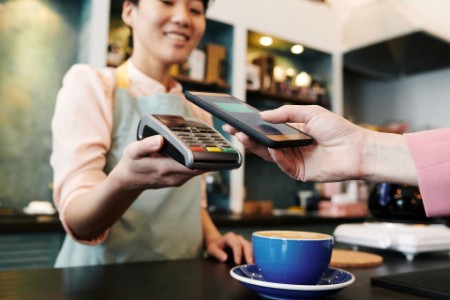Fraud: Fraud is on the rise centered most notably on higher volumes of card-not-present transactions and scams in the P2P arena. At the same time, providers with unsophisticated fraud prevention strategies were forced to adapt to changes in customer behaviors, such as buying 10 bottles of hand sanitizer at 3 a.m.
Going forward, expect to see greater adoption of machine learning and artificial intelligence both for authentication and in risk management models and the development of risk and analytical tools that can leverage big data in new and innovative ways.
Customers: The pandemic sparked huge volumes of chargebacks — and disputes — for travel that could not be completed and recurring payments related to subscriptions and memberships that could no longer be used, creating friction points for both consumers and businesses. Streamlining data flows to eliminate the need for chargebacks and processing those that come through more efficiently has become a priority.
Operational resiliency
Operational impacts: The growth in digital payments has been so sudden and steep, many financial institutions (FIs) and providers were not ready for the operational impacts. Many built digital portals to allow clients to access services that were not available in the past, but systems that relied on manual or paper processes were shocked and call centers were overwhelmed by call volumes and complexity.
The adoption of more digital tools and the security of cloud computing can help sustain business continuity but it’s not enough. The pandemic has shifted the way we work, innovate and maintain continuity. With many workers out of the office indefinitely, operational resiliency is as much about people as it is technology.
Is this growth in digital payments sustainable? For the most part, yes — more than 95% of webcast participants said these behavioral changes are likely to remain. To maintain the momentum, providers are working to improve the customer experience through ease of use, integrated bill presentment options, real-time payments — and in the case of B2B, payment-on-delivery and payroll-on-demand applications. To build such functionality, more FIs are opening development portals to create new applications or partnering with FinTech firms to bolt on capabilities.
For years, the focus in payments has been on creating more seamless front-end experiences. Today, the plethora of different payment rails and types is forcing providers and their customers to take a more holistic view of experiences that extends into mid- and back-office processes. Providers must seize the moment with innovation; they cannot afford to stand still.
Reflecting on the last few months, 38.8% of webcast participants listed adoption of alternative payment methods as the biggest positive outcome from the COVID-19 payments landscape, while 27.1% cited digitization as the most positive trend.


